Introduction
Australia is gradually moving towards decreasing the amount of litter around the country. However, articles demonstrate that WA has one of the worst situations regarding this issue (“2018 rubbish report – Western Australia,” 2018). Moreover, some locations even increased item counts over the preceding year. According to studies, littering occurs due to a combination of behavioral, social, and administrative factors (Hansmann & Steimer, 2017). Appendix 1 contains the Fishbone Diagram revealing some of its main elements. Thus, people tend to blame the infrastructure for not having facilities for rubbish disposal or simply do not know the significance of littering for nature. Some individuals demonstrate indifference or knowingly break the law since there is not enough control from the police.
One of the most dangerous types of litter to the environment is single-use plastic. News reports claim that the coasts of WA are covered with bottles, food packaging remains wrappers, and other items (Barry, 2018). Plastic pollutes land and oceans, hurting animals that inhabit the affected territories. Different types of litter also represent a danger to both humans and animals. Cigarette butts contaminate soil for many years ahead, and people may be hurt by stepping on a broken bottle of glass.
Littering is an issue occurring mainly in cities, so even young children are aware of it. Students may see it on the streets as they travel to attend classes or other places in their neighborhood. Research suggests that primary school children are partially aware of environmental issues, and their knowledge tends to grow with age (Muldoon, Shelford, Holland, & Hryciw, 2019). Moreover, they recognize the harm caused to nature by littering and engage in actions to prevent it (Hartley, Thompson, & Pahl, 2015). Besides, further education stimulates a growing concern about nature among children.
Sustainability Action Process (SAP)
Make the Case
Activities
The initial stage will include the following activities in school:
- The students will travel around the school premises guided by a teacher and try to detect any litter on the territory. They will be carrying notepads to record their findings along the way.
- After returning to the classroom, students will receive the SUEZ worksheets (see Appendix 2). It should help them to differentiate between various types of litter there were able to find on the school territory. The next step will be to categorize the items according to the worksheet’s system, which includes recycling, rubbish, clean paper and cardboard, and dirty paper and food scraps.
- The teacher will use a computer and a projector to show the media files in class about the extent of the rubbish issue. The information will be taken from the official website of the Clean Up Australia Day, which contains colorful highlights, posters, and grouped data (“Rubbish report fact sheets 2018,” n.d.).
- The group discussion about the issue must take place after these two activities. The teacher should guide the students with the following questions:
- What kind of litter were you able to identify in the school building and outside?
- In your opinion, how did it get there, and why did people not throw it away in the right place?
- May the litter you have noticed be dangerous to anyone, and if yes, then how?
- Do you believe that it is an important problem that needs to be solved?
Justification
The combination of the on-hands and the media-supported activities with a group discussion helps students to identify the links between human activities and their effect on nature. This leads to the development of the System Thinking skill (“Science and Technology K-6 syllabus,” 2017). The media files such as infographics and posters will help children to understand the extent of the littering problem in Australia. Also, they will learn that a single piece of rubbish may further serve as a starting point to an area filled with similar items. Students will see the connection between one small step and a nationwide problem.
Explore
Activities
The following steps will help students to research the existing sources of information and to develop an action statement:
- The teacher will give information about the activities done by the Clean Up Australia Day campaign in the form of a media-rich lecture. Students will find out how the issue of litter is managed today, including schools.
- Students will be sharing ideas on what is the possible area of activities they can effectively join in solving the problem. All ideas and supporting comments will be placed on the board, making a mind map.
- The following activity will be carried in groups of three to five students. They should explore the website of the Clean Up Australia Day and all the useful links contained there. This task is done to further research the topic and to take note of the useful resources for it.
- Students will discuss their findings in the classroom and add significant information to the mind map. It will become the source of ideas for the direct action they will be taking. At this stage, students should consult the teacher regarding any restrictions or permissions associated with some of the potential choices. The task is to find the most effective activity, which would be safe and not complicated with much official paperwork.
- The final step is to choose one best idea among all the good ones that were discussed in the classroom. The most appropriate activity seems to be associated with the school, as it is the territory students are the most familiar with. Thus, the decision will be to make it a litter-free zone. It will be recorded on the classroom board for further plan development.
Justification
Having a notion of the problem gained practically on the school territory and combining it with the associated materials found on the Internet, students can use it to offer solutions and ask further questions. As children learn about activities that successfully helped to tackle the issue, they begin questioning whether such an approach can work in their case. Discussions, especially using mind mapping, work as a source of new ideas, possibilities, and actions.
Plan
Activities
- The teacher will share his or her thoughts on the chosen activity. Students will make a bulleted list of recommendations to consider while working on a plan. This will include safety measures, available time for participating in the activity, and the need to coordinate with parents.
- The question of safety will be reviewed separately and guided by the teacher. Students will think of what problems they may face while collecting litter. Potential answers will include the possibility of getting cut by broken glass or receiving any other traumas while working with hands.
- Since the goal of the activity is to make the school a litter-free territory, the absence of rubbish at the end of it will be measured as a successful outcome. Additional criteria will include the number of items recycled and the level of awareness in the local community about the ways to tackle the issue of littering.
- Students will use the information about the activities of the Clean Up Australia Day in schools that they have learned previously. They will discuss the experience in the classroom and choose those elements that will seem the most suitable for their institution’s environment. Thus, the stated activity will include the following important objectives:
- to develop a timeline
- to bring the necessary equipment for collecting litter;
- to pick and sort all the rubbish found in school and its surroundings;
- send a portion of litter to a recycling station and measure the quantity;
- raise awareness about the issue among other students and families;
- to make the final measurements for determining whether the action was successful and to reflect on it.
- The teacher will offer the final date of the project so that students may have the idea of a time frame available for them according to the curriculum. Children must determine the days for this activity, as well as the points where critical measurements will be taking place.
- Each student will consult his or her parents regarding the budget available for equipment.
- The process of collecting litter will be carried out by all students. Also, they will volunteer for individual roles such as a person responsible for recording data. A student with the best-written language skills should be chosen to post results to a school newspaper.
- The timeline will be created in the form of a hand-drawn poster, which will be put on a classroom wall. There will be a pointer to indicate the stage on which students will currently be working.
Justification
The developed plan may be seen as an algorithm, which is a concept essential to machine functioning. Thus, students develop the skill of Computational Thinking identified by the NESA (“Science and Technology K-6 syllabus,” 2017). As students need to develop an action based on the available resources, it contributes to the skill of Researching and Planning (“Science and Technology K-6 syllabus,” 2017). Creating a colorful timeline with hand-drawn elements also serves this purpose.
Take Action
Activities
- The primary task of the children will be to collect all litter they can find on the school territory. The rubbish is then being sorted according to the four categories identified in the SUEZ Waste and Recycling Audit Worksheet. It will be filled out by a responsible student every day after the manual work has been done.
- Another important activity is to raise awareness in the community about the problem. Students will discuss their progress with parents and share ideas on litter reduction outside the school. Moreover, there will be articles in the newspaper about the major stages passed by the team.
- All records will be done both by hand in the corresponding worksheet and electronically in one of the text editors.
- If a conflict arises, it will be critical to engage in a situation and find a solution that would satisfy everyone.
- The teacher will be keeping track of the work done by reading the records, analyzing the current results with those placed on the timeline, and receiving feedback from the community on whether they are aware of the action and its implications for the entire area.
- The students will compare their results with the goals set by the plan. If there will be no rubbish in the area during and after the auction, then the plan to make the school a litter-free environment may be considered successful.
Justification
During the implementation stage, students should collaborate and communicate their plans and ideas to each other. Moreover, they need to discuss their work with adults to raise awareness about the project. Finally, no community work can be done without the ability to solve conflicts. All these skills are a part of the Social Management element, which is highly important in any group.
Reflection
Activities
- Students will create a poster for the school hall to show everyone the amount of work that has been done. The poster will have pictures of students during litter collection and sorting, the printed list of rubbish types, the hand-drawn scheme of life scenarios for recycled items, and photographs of clean outdoor territories.
- They will also make a short video clip with this information using the movie maker program and share it on social networks for the community to see the results.
- At the end of the project, the teacher will hand out an individual questionnaire to each student in the class. Children will have to answer what they have learned during these activities, do they feel happy about the results and whether they would change to make it better the next time.
Justification
The questionnaire will work as a tool for self-assessment and self-evaluation. Children will tell how much they have learned, what helped them evaluate their results, what appeared to be difficult, and how to improve the strategy for studying next time. This stage should help students understand what the most comfortable learning style for them is and whether there are any issues that should be addressed in the future.
Syllabus Outcomes/Content, Capabilities, Thinking skills, and EE Objectives
- Students develop and apply skills in design and production processes in the development of solutions.
- Students develop knowledge and understanding of the natural world, including living things, materials, forces, energy, and Earth and space.
- Students value developing solutions to problems and meeting challenges through the application of Working Scientifically and Design and Production skills.
- General capabilities:
- critical and creative thinking;
- information and communication technology capability;
- personal and social capability.
- Thinking skills:
- computational thinking;
- system thinking.
- Students will develop:
- knowledge and understanding about the impact of people on environments (K2);
- skills in adopting behaviors and practices that protect the environment (S5);
- values and attitudes relating to a commitment to act for the environment by supporting long-term solutions to environmental problems (V3) (“Environmental education policy for schools,” 2017).
Appendix 1
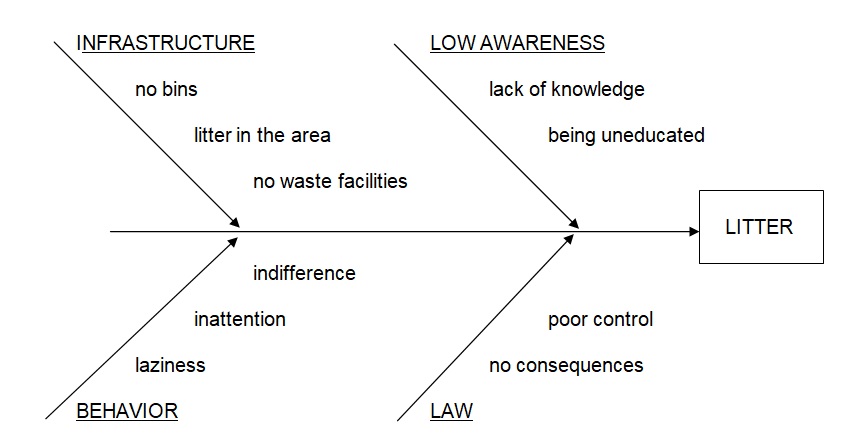
Appendix 2
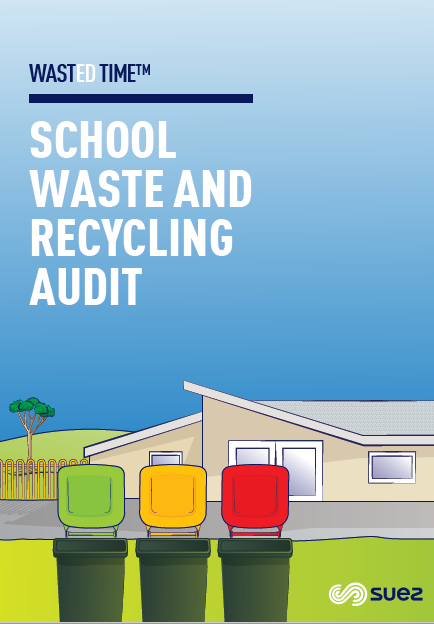
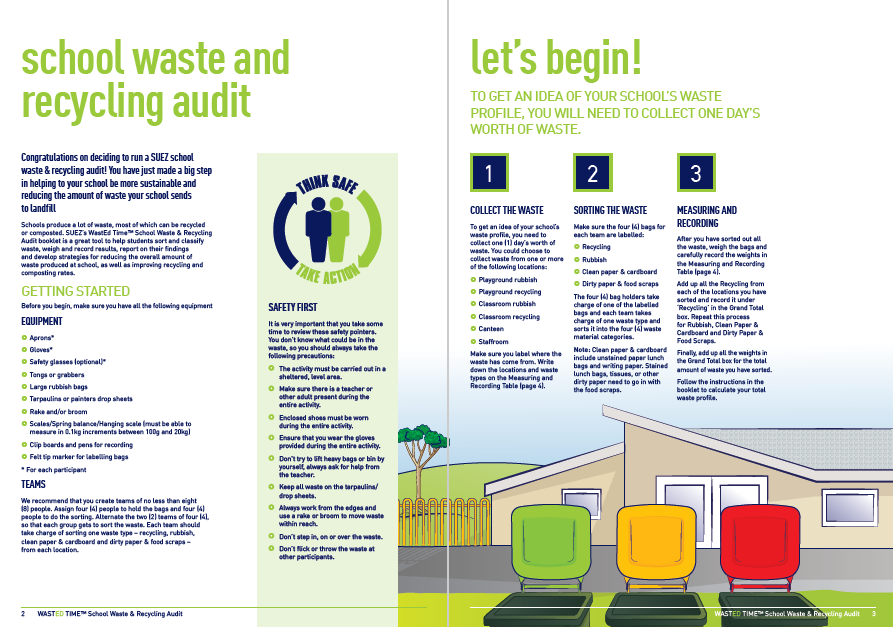
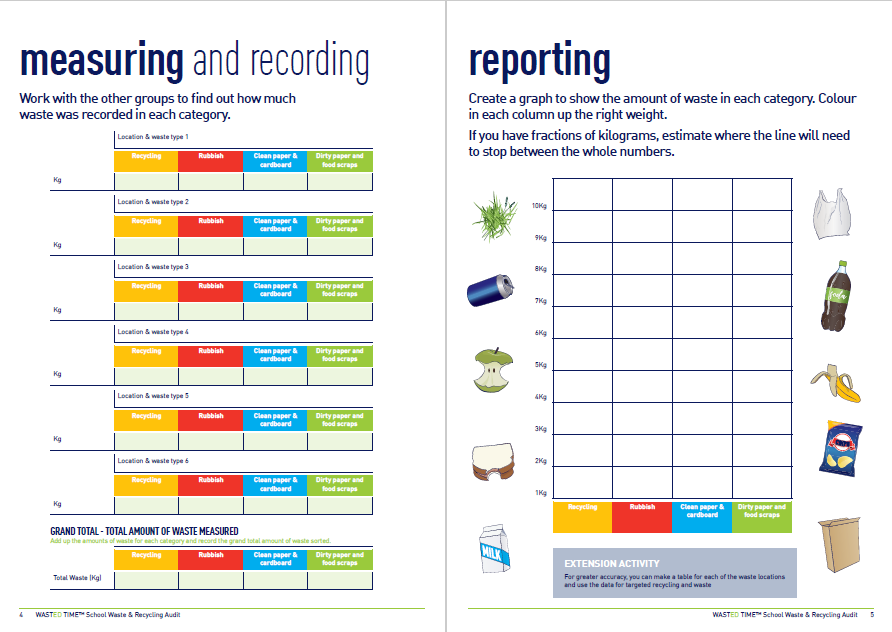
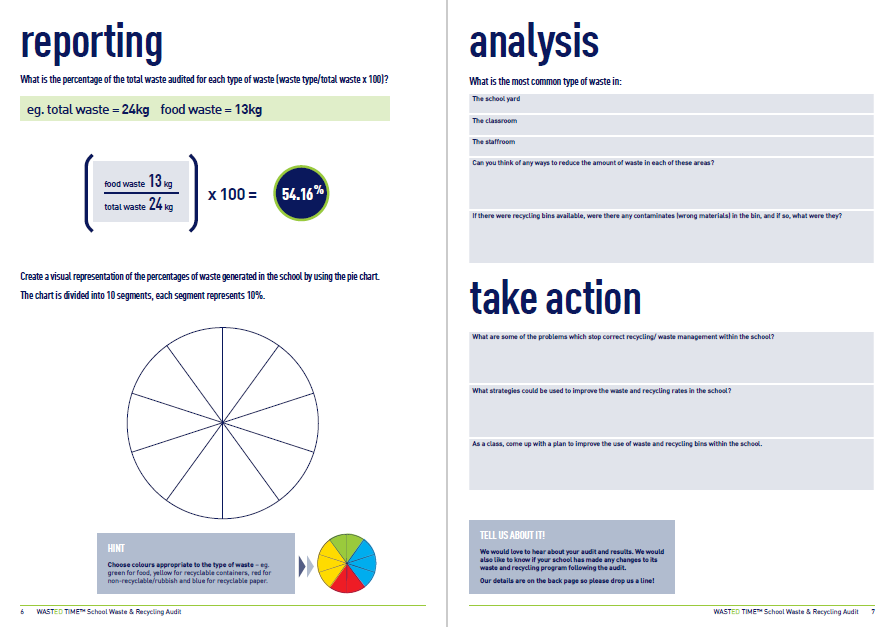
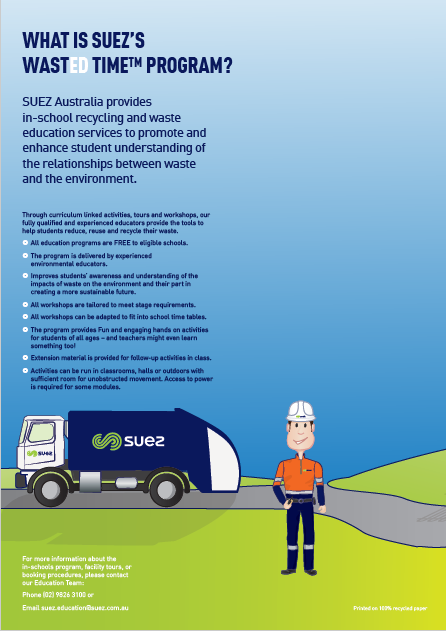
References
Barry, H. (2018). Where WA’s litter is coming from and where it’s going.WAToday. Web.
Environmental education policy for schools. (2017). Web.
Hansmann, R., & Steimer, N. (2017). Subjective reasons for littering: A self-serving attribution bias as justification process in an environmental behaviour model. Journal of Environmental Research, Engineering and Management, 73(1), 8-19. Web.
Hartley, B. L., Thompson, R. C., & Pahl, S. (2015). Marine litter education boots children’s understanding and self-reported actions. Marine Pollution Bulletin, 90(1), 209-217. Web.
Muldoon, R., Shelford, T., Holland, O. J., & Hryciw, D. H. (2019). Environmental awareness of primary school-aged children in Brisbane, Australia.International Journal of Innovation in Science and Mathematics Education, 27(2), 33-44. Web.
Rubbish report fact sheets 2018. (n.d.). Web.
Science and technology K-6 syllabus. (2017). Web.
2018 rubbish report – Western Australia. (2018). Web.